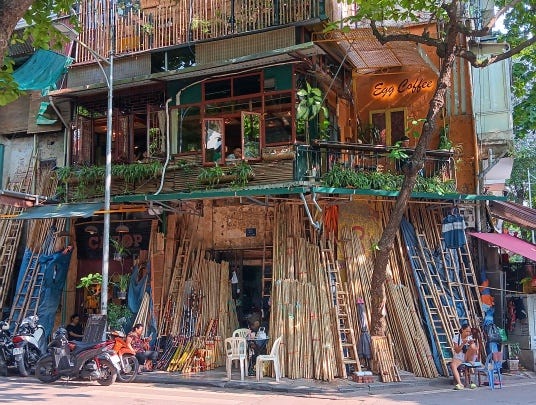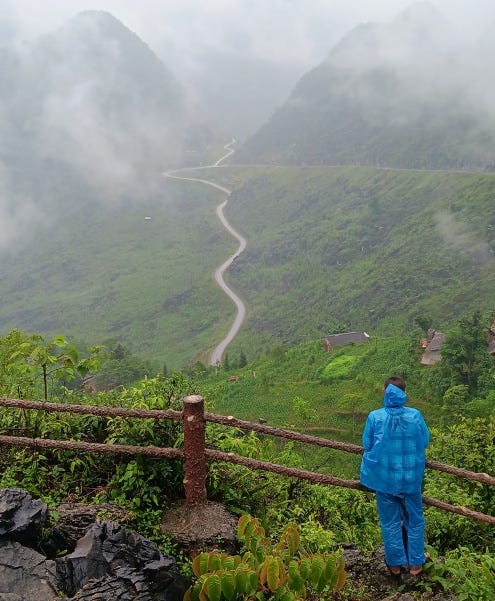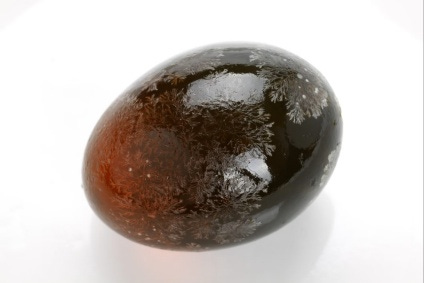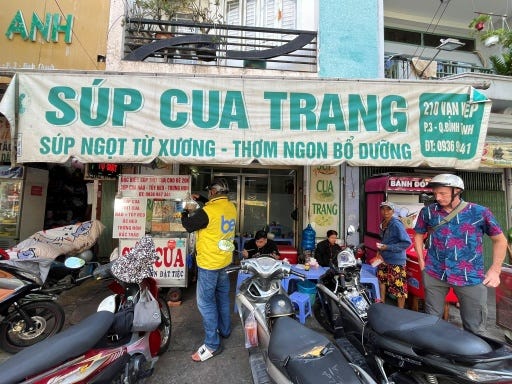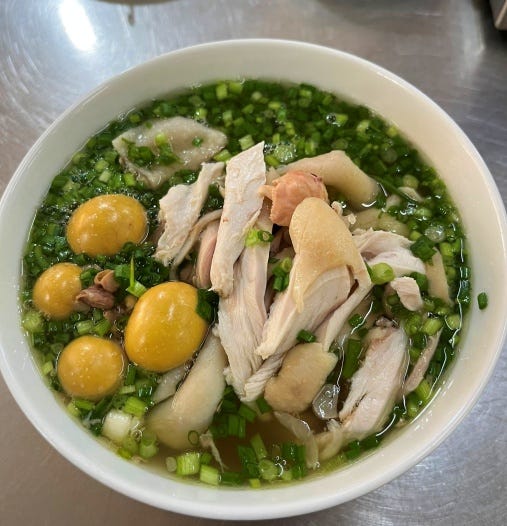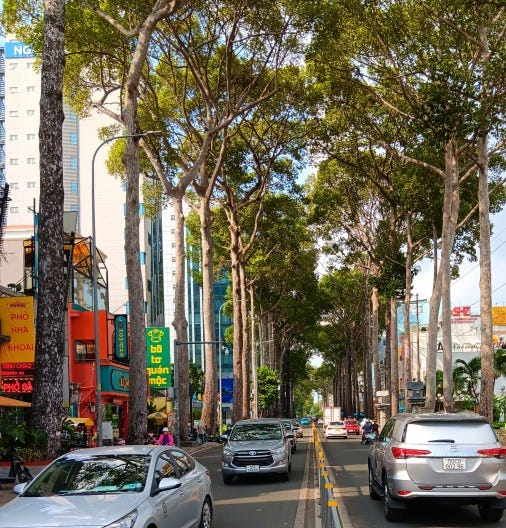May and June are bằng lăng months in Hanoi, when the teeming narrow tree-stuffed streets absolutely overflow with vibrant, luxurious purple blossoms. It’s a great time to sit on a balcony amidst them and enjoy a cà phê trứng, Hanoi’s famous whipped egg yolk topped coffee.
Or go to Hà Giang and get one!
There is a new trip in Vietnam and you need to know about it. It’s absolutely dazzling and thrilling, and has been going on for only a few years. It takes place in Hà Giang province, up in the jaw-dropping misty mountains near the China border. For about a hundred and fifteen bucks all-inclusive, you climb on the back of a motorbike with your own private driver and moto around through the most incredible eye-popping scenery imaginable for two full days.
Your driver handles everything and all you have to do is hang on, look around, and try to keep your eyes inside your head. It’s surreal and unbelievable. And everyone is so nice, it’s nowhere close to tourist-jaded yet. The babies in the villages still wave at you.
But you suffer from moto butt fatigue, you say. Not a problem on the Hà Giang loop! Your conscientious driving team makes regular stops at hillside viewpoint coffeehouses, where you can rest your tush and enjoy as many cà phês as your heart desires. You might want to switch to unsweetened đens from those sweet-milk infused, egg-topped trứngs, however.
Back to eggs: Vietnam certainly makes virtuoso use of them, as it does with pretty much every other ingredient available, in its vast, complex, harmonious cuisine. Here you can eat eggs from many types of birds, in many stages of development (we won’t go into the chick or duckling fetus thing). Quail is quite renown. Here are two more, lesser-known specialties:
1. Century Egg
What it is: The century egg, or trứng bắc thảo, is a preserved egg traditionally made by rolling the raw egg in a clay paste containing salt and quicklime, and storing it in a cloth-covered jar or basket for a few weeks or months. Probably an accident at first, the point is to gradually raise the pH inside the shell from 9 to 12. As this happens, the egg white proteins break down and reassemble into a flavorful, globular network of fine strands to make a dark-brown elastic gel that is stable even when boiled. Meanwhile the yolk becomes dark greenish or gray, and takes on a distinctive flavor due to traces of hydrogen sulfide and ammonia.
Where to get one: Just pull over to any sidewalk stall with a “Súp Cua” banner hanging above it, because here you’re in for an even bigger treat—a meal fit for a king. For about a buck thirty-five, a woman who has probably been making her special súp cua (crab soup) for her loyal customers for decades will serve you up a modestly-portioned bowl of her artful, delicate concoction and bring it over. That brown blob sitting in it, amidst tender chunks of crabmeat, will be half of a trứng bắc thảo.
Don’t be put off by any unfound belief that this egg was prepared by soaking it in horse piss for 100 years. That is simply not true! This vicious rumor has proven a little hard to shake, since in Thai and Lao the common names for this egg translate to “horse urine egg” due to its aroma.
2. Unlaid Chicken Egg
What it is: Exactly that. When an old hen stops laying much, it gets slaughtered, and inside the oviduct is a train of yolks ranging from pea-size to near-fully-developed. These yolks are rich in color and taste, and not runny; more like melted cheese. You can do with them whatever else you might do with an egg yolk. In Vietnam, they often come boiled in chicken phở (phở gà).
Where to get one: Just go to a phở gà place that serves them! In Hanoi this is easy to do, since chicken phở is more of a northern thing. This phở comes with a bonus in that the chicken meat will be the extra-textured protein of older birds, a chewy delight impossible to encounter anywhere in the ultra-soft, flavorless chickened West.
Don’t worry if you’re in Saigon; you can still get a great unlaid-egg phở gà. You can’t go wrong with the restaurant Phở Hương Bình, on Võ Thị Sáu street opposite its corner with Phạm Ngọc Thạch. This place has been serving it up since 1958. It’s a little more expensive than your average phở, perhaps due to the generous portion of unlaid eggs in your bowl and the little dish of molten chicken fat you get on the side. But a bowl here will still hardly set you back much, to the extent that you might eat two if you’re really hungry.
Then you can climb onto the moto and, beneath Saigon’s startling, towering boulevard trees, scoot home for a nap. Or alternatively…continue onward, to your next food adventure.




